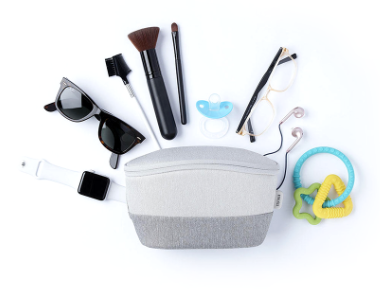Air Purifiers
AIR PURIFIERS
You might not expect it, but the air inside your home could be even more polluted than the air outside. And since there might be little circulation, an air purifier could be an important part of keeping your home clean. An air purifier cleans the air in your home by filtering out allergens and the particles that make up air pollution. Some of these allergens include pet dander, hair, mold spores, and gaseous pollutants. These indoor allergens and pollutants can hover in the air for long periods of time. Many popular air purifiers use fans to circulate air through their HEPA filters. Inside, the filters remove impurities, releasing clean air back into the room.
FEATURES TO CONSIDER WHEN PURCHASING AN AIR PURIFIER
Size of the Room
The size of the room you intend to use the air purifier in is the most important factor to consider. Otherwise, the air purifier may not be able to effectively clean the air. Measure the approximate square feet of the room you want to put the air purifier in and filter your search for models that are designed to clean a room of that size.
Noise Level
Many air purifiers advertise quiet operation as one of their best features, and it’s no surprise why. You probably don’t want a loud air purifier running constantly, especially if it’s in your bedroom or the living room.
Level of Maintenance
You’ll have to replace filters regularly and clean your machine from time to time. When you’re considering the type of air purifier to get, think about the filters you’ll have to use with it and the ease of replacing them.
Types of Impurities
If you’re trying to eliminate a specific type of particle—such as pet dander—from the air, make sure your air purifier of choice is equipped with the right filter to catch it.
CADR Rating
Clean air delivery rate (CADR) measures an air purifier’s cleaning ability by measuring how much air the device can clean per minute. A higher CADR rating indicates better performance.
Seals and Labels
You can look for a few different seals of approval on air purifiers and air filters, including the following:
Asthma & Allergy Certification Mark: a seal of approval that the Asthma and Allergy Foundation of America gives to air purifiers that pass its tests.
Energy Star: a label indicating up to 40 percent better efficiency than non-approved air purifiers.
Association of Home Appliance Manufacturers (AHAM) Seal: lists the CADR rating for tobacco smoke, dust, and pollen. Look for higher ratings.











